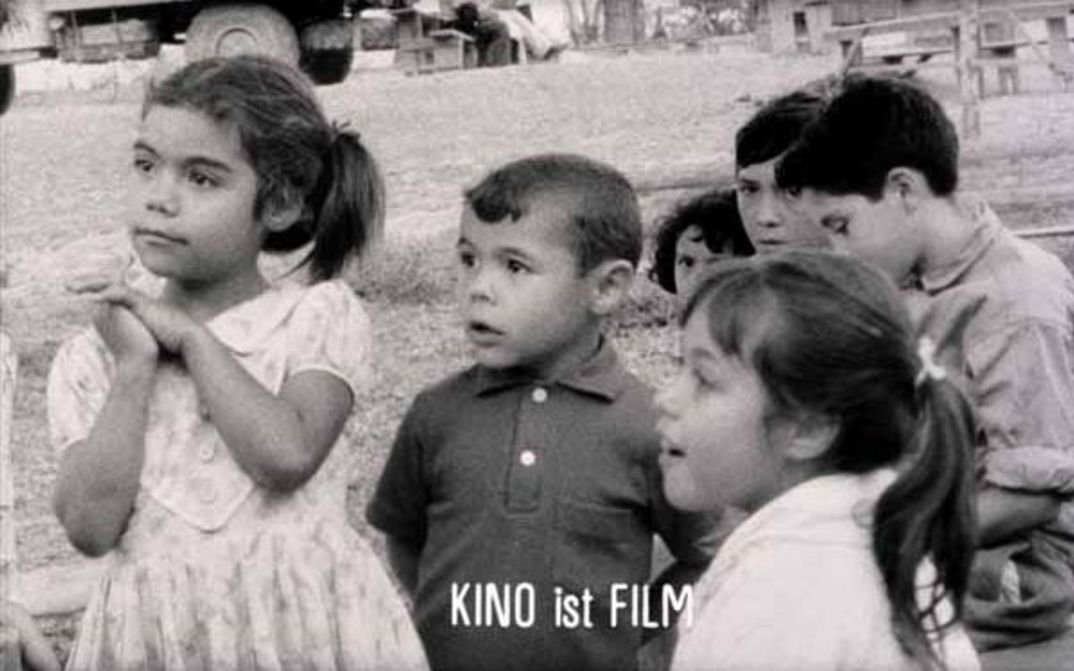Big Cinema, Small Cinema #55 – Asking Questions

Sun 16.10.
16:00
Cinema
Arsenal 1
zu den Ticketszu dem KalenderModeration: Anna Faroqhi and Haim Peretz
Many films ask questions—of the world they observe, of the audience, of the medium itself. At the screening of one of the first films in the history of cinema, L’ ARRIVÉE D’UN TRAIN EN GARE DE LA CIOTAT (France 1895) by Louis Lumière, the audience wanted to run away screaming at the footage of a train entering a station, which threw up the question of what reality is. 62 years later, Octavio Cortázar asked villagers who had never been to the cinema what they imagined it to be like in POR PRIMERA VEZ (Cuba 1967). Dancer and filmmaker Maya Deren asks herself in A STUDY IN CHOREOGRAPHY FOR CAMERA (USA 1953) what happens when the camera dances. In ALL MY LIFE (USA 1966), Bruce Baillie places the idea of the self-portrait in question. And in MOTHLIGHT (USA 1963), Stan Brakhage interrogates the medium of film and the world that he captures. We will be looking for the questions behind the films and finding out why it’s so important to ask questions. (Anna Faroqhi)
For all 10 years and up.
The films:
L’ Arrivée d’un train en gare de la Ciotat Louis Lumière F 1895 35 mm 1 Min.
Por primera vez Octavio Cortázar Kuba 1967 DCP 9 Min.
A Study in Choreography for Camera Maya Deren USA 1945 DCP 3 Min.
All My Live Bruce Baillies USA 1966 16 mm 3 Min.
Hand Catching Lead Richard Serra USA 1968 16 mm 1 Min.
Mothlight Stan Brakhage USA 1963 16 mm 3 Min.